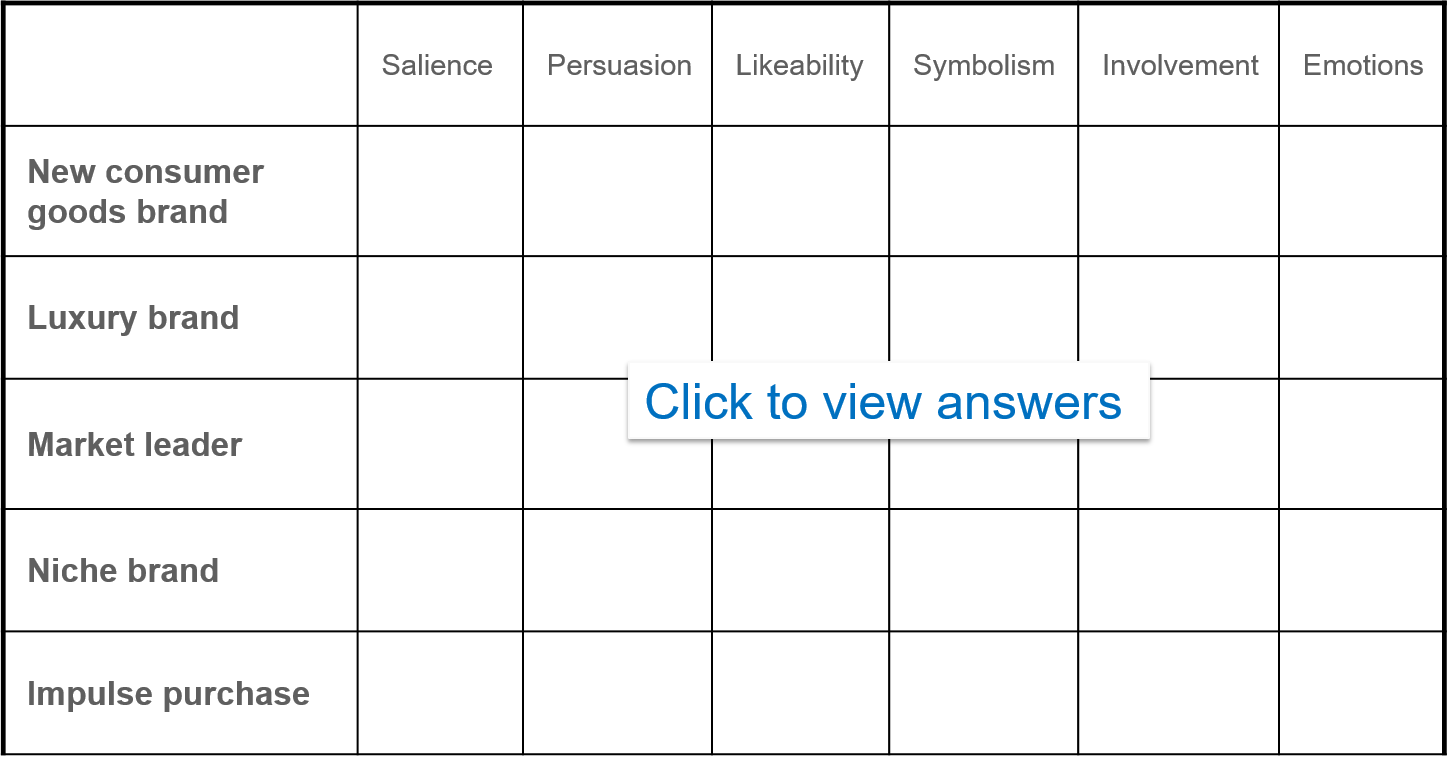
Exhibit 12.11 Which advertising mechanisms would be more effective for the type of products listed above?
Click on image to view the answers.
As mentioned earlier, big, established brands have inertia and their
immediate response to advertising is small, unless they have something new and relevant to offer. Advertising influences
the sales of these brands by enhancing perceptions and sustaining interest, thus channelling and retaining them in
consumers’ repertoire.
The themes and theories described in this section echo the long-term impact of advertising. Other
than persuasion, which can substantially lift sales both in the short and the long-term, the advertising mechanisms primarily
benefit brands by imparting a long-lasting upward thrust on sales.
In the context of execution, the theories tell us to associate relevant messages, symbols, images,
affinity, relationships and/or emotions in a memorable way so as to infuse the brand with interest and status, and powerfully
influence perceptions as the brand is experienced and talked about. (Brown, 1991).
Selecting the right Advertising Mechanism
For the scenarios listed in
Exhibit 12.11, take a few minutes to consider which mechanisms are
better suited to achieve the distinctly different advertising objectives for each of the products. (Click on the exhibit to view answers).
The scenarios highlight that while advertising mechanisms work in combination, depending on the
nature of the product, some mechanisms are more effective in achieving desired objectives.
Persuasion and salience, for instance, are important for new consumer goods. Market leaders on the
other hand, rely more on likeability to appeal to the masses, and salience to remain top of mind.
The importance of using the right mechanisms is illustrated in the following section, through the
Coca-Cola Zero case. The launch advertisement, which relied heavily on likeability, failed to distinguish the new
variant from Diet Coke.
Creativity

Exhibit 12.12 Functional creativity.
Advertisement must intricately bind the message to the brand and use creative
mechanisms that are well aligned with the objectives of the advertising.
Creativity is the cornerstone of
successful advertising. It is what captures consumers’ attention and
stimulates their interest. By magnifying the more engaging elements of an
advertisement, creativity helps to embed the message in consumers’ minds.
However, it is essential that the creative elements are
carefully crafted to effectively convey the brand’s message. The mechanisms
employed must be tailored to the advertising objectives, creating a cohesive
and impactful campaign. This is what we refer to as functional creativity in
the context of advertising (Exhibit 12.12).
In addition to creativity, building long lasting memories and associations requires consistency and repetition.
Consistent, coherent content makes it feasible to construct a lucid exposition of the brand. Creativity, consistency and repetition
keep alive the neural pathways around the concept of the brand in the brain.